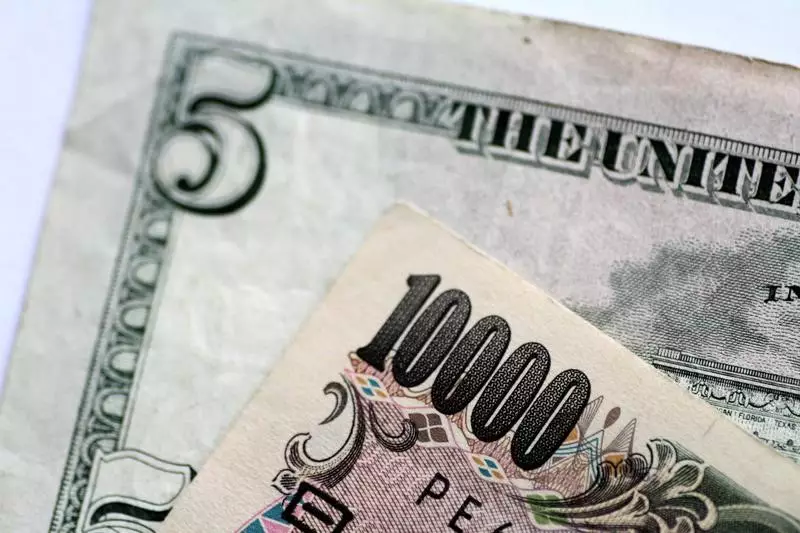In the realm of international finance, the currency markets often react with precision to economic indicators and central bank policies. Recently, the Japanese yen has shown notable resilience against the US dollar, achieving its most robust position in over a month. This development can be largely attributed to the release of inflation data from Tokyo, which surpassed analysts’ expectations for November. The consumer price index (CPI) data points toward a sustained increase in inflation rates, invigorating market speculation regarding an impending interest rate increase by the Bank of Japan (BOJ) in December.
The critical USD/JPY pair, which reflects how many yen are required to purchase a single dollar, slipped by approximately 1%, touching its lowest point of 150.01 yen since late October. This downward shift in the dollar’s value against the yen is indicative of increasing investor confidence in the Japanese economy amidst these positive inflation signals. The data from Tokyo serves as a temperature check for nationwide economic health, suggesting a potential pivot in monetary policy that could favor the yen’s stability.
Anticipation of Monetary Policy Shifts
Market analysts and traders are closely monitoring the situation, with a recent Reuters survey revealing growing expectations for a 25-basis-point increase in rates at the upcoming BOJ meeting. Governor Kazuo Ueda has affirmed that the central bank is committed to bolstering economic conditions through necessary policy adjustments. He cited a “virtuous cycle” wherein rising wages feed into consumer spending, subsequently propelling inflation further. This interconnectedness of wage growth and inflation highlights the BOJ’s strategy of fostering economic momentum that can stabilize the yen while navigating away from the prolonged period of historically low interest rates.
As Japan emerges from nearly a decade of negative interest rates, the prospect of a December rate hike would mark a significant milestone. According to economic forecasts, this would be the third rate increase for the BOJ in 2024, emphasizing a substantial shift in its monetary stance, driven predominantly by rising wages that have catalyzed both consumer expenditure and inflationary pressures.
Market Reactions and Broader Economic Implications
Despite these bullish indicators for the yen, Japanese equities experienced a slight downturn in response to the anticipated rise in interest rates. The Nikkei 225 index dropped by 0.7%, while the broader TOPIX index recorded a 0.6% decline. These market movements suggest that investors are wary of the potential consequences of higher borrowing costs on corporate profitability and consumer sentiment.
Moreover, analysts at UBS have projected continued wage growth into 2025, hinting that further rate hikes could be on the horizon for the BOJ. The central bank, while managing inflation and economic growth, also finds itself tasked with supporting the yen, which has been negatively impacted by the significantly stronger US dollar in the preceding months. This dynamic adds an additional layer of complexity to Japan’s monetary policy, as the central bank seeks to balance both domestic economic stability and external currency pressures.
The recent inflation data from Tokyo has poised the Japanese yen favorably against the dollar, igniting speculation about potential rate hikes by the Bank of Japan. As economic indicators continue to evolve, the interplay between inflation, wage growth, and monetary policy will undoubtedly shape the trajectory of Japan’s economy and its currency in the months ahead.

